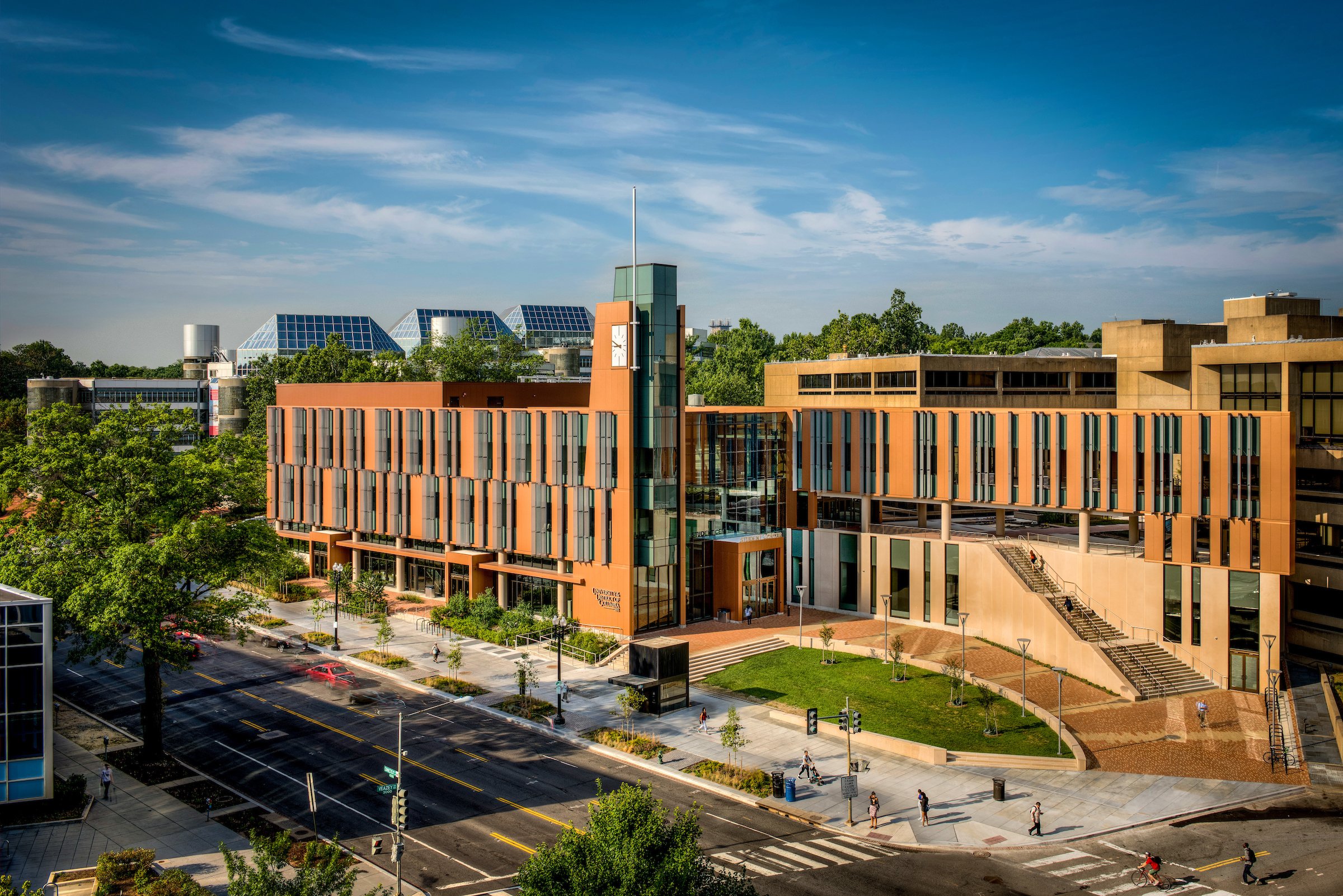24/7 Helpline:
(866) 899-111424/7 Helpline:
(866) 899-1114
Learn more about Xanax Rehab centers in District of Columbia
Xanax Rehab in Other Cities

Other Insurance Options

Holman Group

Horizon Healthcare Service

Amerigroup

Anthem

Meritain

MVP Healthcare

Aetna

Health Net

Highmark

Regence

Ambetter

American Behavioral

CareFirst
Beacon

Optima

Ceridian

Optum

Coventry Health Care

Magellan Health

United Health Care

Better Way Program
Better Way Program is a private rehab located in Washington, Washington, D.C.. Better Way Program sp...

Andromeda Transcultural Health
Andromeda Transcultural Health is a rehab facility located in Washington, DC. Andromeda Transcultura...

Family and Medical Counseling Services
Family and Medical Counseling Services is a private rehab located in Washington, Washington, D.C.. F...

Life Stride
Life Stride is a private rehab located in Washington, Washington, D.C.. Life Stride specializes in t...

The Salvation Army Harbor Light Center
Located in Washington DC, The Salvation Army Harbor Light Center is a drug and alcohol treatment cen...

Clean and Sober Street
Clean and Sober Street offers long term residential and outpatient drug and alcohol treatment and re...

Regional Addiction Prevention (RAP) – Residential and Outpatient Treatment Facility
Regional Addiction Prevention is a substance use disorder treatment center located in Washington, D....

Kolmac Outpatient Recovery Centers
Kolmac Outpatient Recovery Centers provide outpatient detoxification, rehabilitation, and continuing...

The Palisades House Men’s Sober Living
The Palisades House Men’s Sober Living is a private rehab located in Washington, Washington, D.C.. T...

Behavioral Health Group – BHG
Behavioral Health Group (BHG) is a CARF-accredited substance abuse treatment center in Washington, D...

Family Preservation Services
Family Preservation Services is a private rehab located in Washington, Washington, D.C.. Family Pres...

Providence Hospital – Behavioral Health
Providence Hospital – Behavioral Health is a private rehab located in Washington, Washington, D.C.. ...

Partners in Drug Abuse and Counseling
Partners in Drug Abuse and Counseling is a non-profit rehab located in Washington, DC. Partners in D...

Psychiatric Institute of Washington
Psychiatric Institute of Washington, DC stands as an accredited dual-diagnosis addiction rehab cente...

Latin American Youth Center – Substance Use Disorder Treatment
Latin American Youth Center – Substance Use Disorder Treatment is a private rehab located in Washing...

Voices for a Second Chance
Voices for a Second Chance is a non-profit rehab located in Washington, DC. Voices for a Second Chan...

Tenley Addiction Recovery
Tenley Addiction Recovery provides individualized addiction treatment and evidence-based treatment p...

Thrive DC
Thrive DC is a non-profit rehab located in Washington, DC. Thrive DC offers a wide range of services...

Community Connections
Community Connections is a private rehab located in Washington, Washington, D.C.. Community Connecti...












Aquila Recovery Clinic
Aquila Recovery Clinic is a private rehab located in Washington, Washington, D.C.. Aquila Recovery C...

Federal City Recovery Services
Federal City Recovery Services is a private rehab located in Washington, Washington, D.C.. Federal C...

Addiction Prevention & Recovery Administration
Addiction Prevention & Recovery Administration is a private rehab located in Washington, Washington,...

Southeast Washington DC Community Based Outpatient Clinic
Southeast Washington DC Community Based Outpatient Clinic provides basic medical and preventative ca...

DC Deparment Behavioral Health – Mental Health
DC Deparment Behavioral Health – Mental Health is a public rehab located in Washington, Washington, ...

Child and Youth Mental Health Services
Child and Youth Mental Health Services is a public rehab located in Washington, Washington, D.C.. Ch...





























